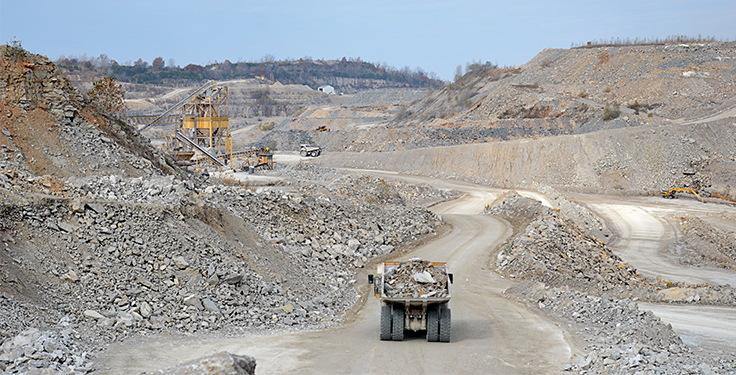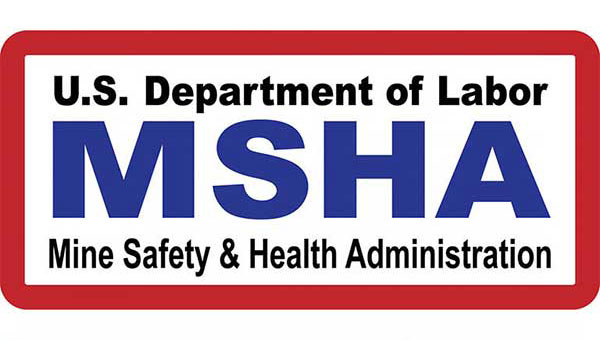
Autonomous hauling has been getting a lot of love lately on the pages of Pit & Quarry. And rightly so.
Our intensified coverage extends back to the magazine’s February 2023 edition, which featured Luck Stone on our cover and a companion piece inside detailing the company’s mission to bring autonomous hauling to aggregates. The magazine has periodically explored autonomy in the 14 months since that Luck Stone story – and this month is no different.
This month, we present a Q&A with SafeAI founder and CEO Bibhrajit Halder, whose company partnered with CRH on an autonomous hauling project. I found our visit with Halder enlightening, as he plainly laid out how the nation’s largest aggregate producers are arriving at autonomy and what he expects to transpire in the years to come.
“Transformation” is the keyword on the autonomy front. Producers are right now doing the legwork with their technology partners to determine how aggregate operations can be reimagined for the better. By Halder’s account, three factors are driving producers toward solutions: safety, production and cost savings.
“Safety is No. 1,” Halder says. “When you take the human out of harm’s way, safety numbers go through the roof.”
Productivity is Halder’s No. 2 motivator.
“The way you want to think about productivity is like this: Think about an aggregate producer running for eight hours,” Halder says. “They have a goal for that day. Let’s say they are behind on their goal. They can run an extra two or three hours to catch up. Or, they can do autonomy and get their goal on time – because 20 percent more productivity is a big kicker.”
The opportunity to trim costs is a huge factor driving producers toward hauling autonomously, as well.
“A third [factor] is about cost reduction, specifically a 20 percent reduction in cost,” Halder says. “Obviously, there’s a cost to the technology, but it’s about 20 to 25 percent less than the overall operating costs today.”
Although Halder admits the ongoing transformation will take time, he’s adamant that the industry will get there – and not just with haulers, but with other equipment commonly used in pits and quarries.
As Halder matter-of-factly states: There is no stopping autonomy.
“It’s like a mobile phone,” he says. “When the mobile phone came to the U.S., there was no mobile phone in India. That’s because India couldn’t afford the price point of the mobile phone when it just came out. It doesn’t mean India will not adopt mobile phones tomorrow. The price will come down. It is such a powerful technology. It will work its way through every country – even if the first version is not affordable to those countries.”
The same logic applies to autonomy and aggregates, according to Halder.
“Vision wise, I definitely see quarries will run anywhere from 25 to 40 percent of their assets autonomously,” he says.
Featured photo: P&Q Staff
Related: How autonomous haulers will transform Luck Stone’s Bull Run Plant












